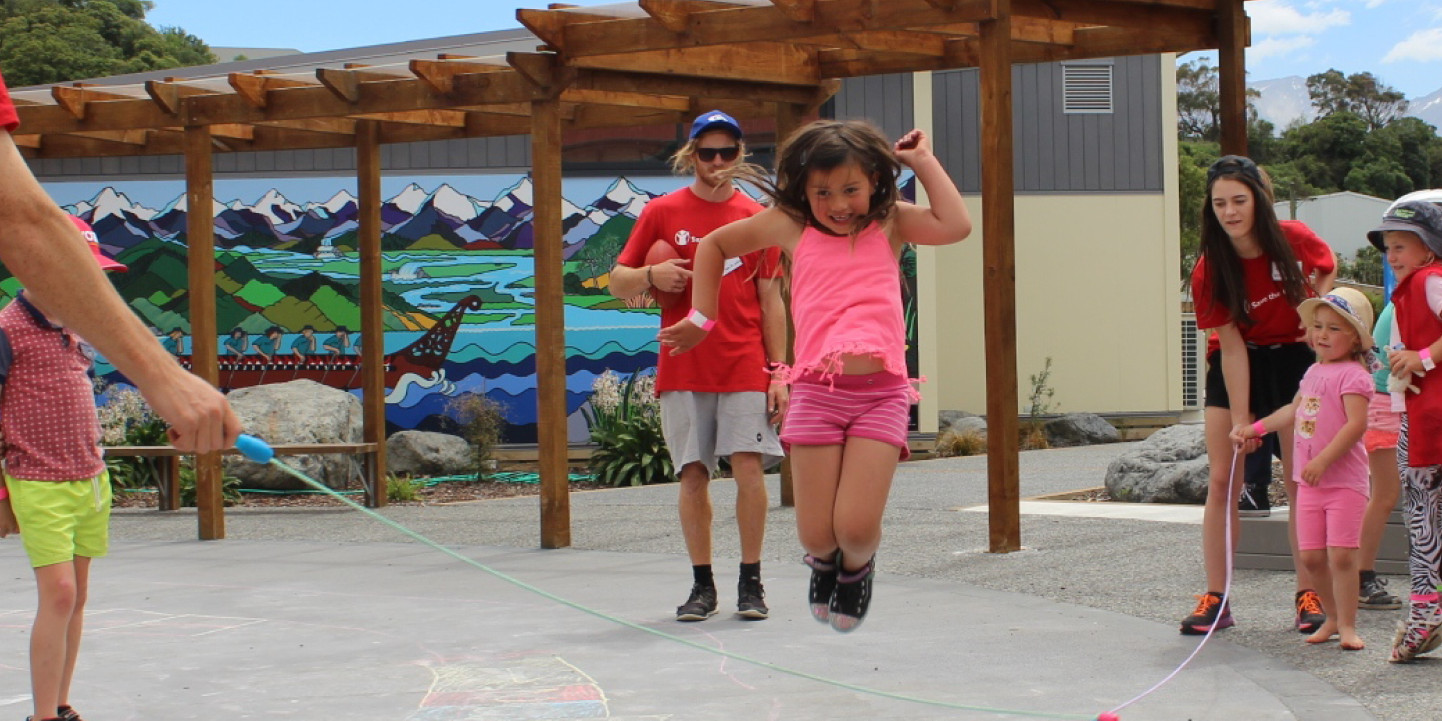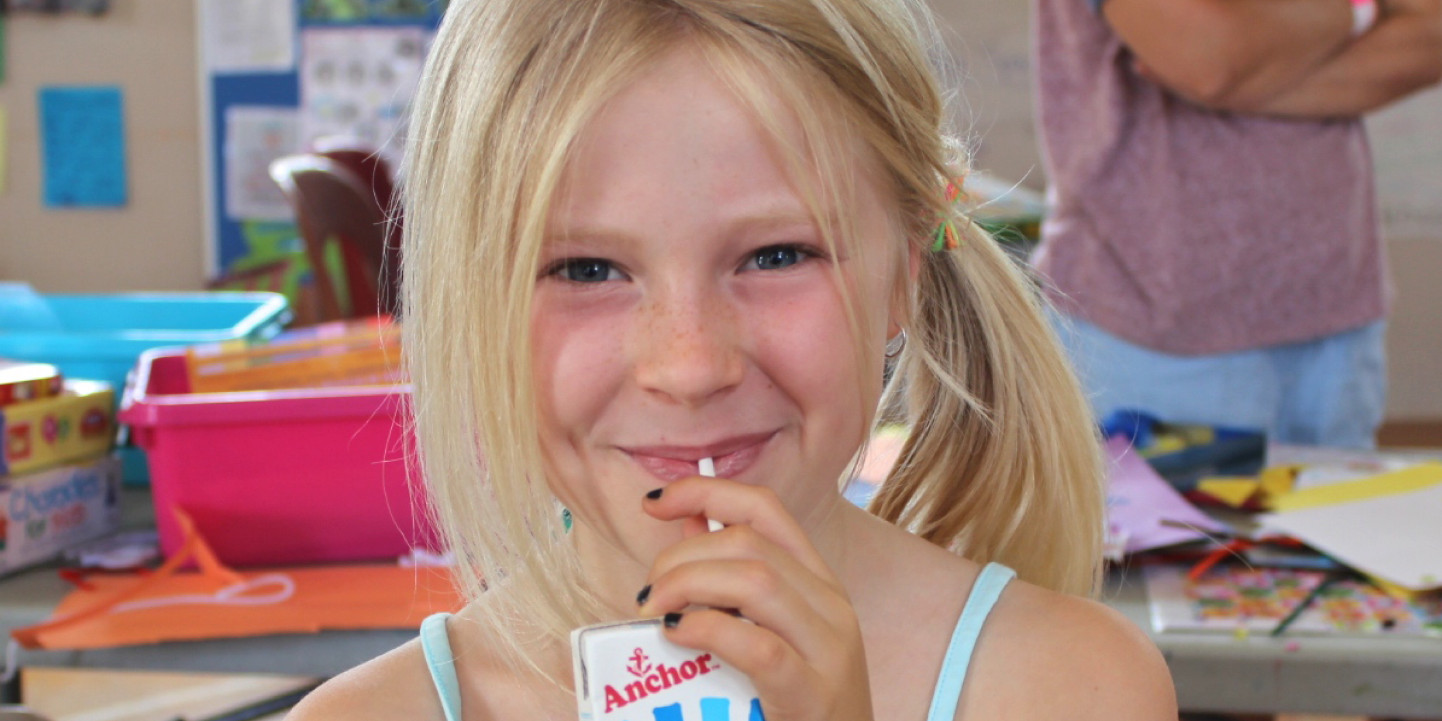Five years on from Save the Children’s emergency response to a devastating 7.8 magnitude earthquake in Kaikōura, Supporter Engagement Manager Katherine Richards reflects on her time setting up Aotearoa’s first Save the Children Child Friendly Space.
Resilience. It’s a word so often bandied around that, at times, the meaning is diluted. But after the Kaikōura earthquake hit, tearing through fault lines, demolishing houses, ripping up roads and railways and causing massive landslides, it’s the first word I think of to describe the days that followed in that South Island community.
We arrived by helicopter. Even from the sky, the devastation caused by the earthquake was obvious. We now know the quake was so powerful that parts of the South Island are now more than 5m closer to the North Island. But it wasn’t until we landed on the local rugby field and I saw up close the destruction caused by the earthquake, that the reality hit of what a rebuild would take for the thousands of children and their families affected.
Child Friendly Spaces
It was my first time in the field and a first for Save the Children New Zealand. While Child Friendly Spaces is one of our emergency intervention programmes used around the world, we had never delivered the programme here in New Zealand. The aim of a Child Friendly Space is to provide space and time for children to be children by allowing them to play, socialise with other children, learn and express themselves during an emergency or natural disaster. For children who attend regularly, it provides a sense of normalcy and routine, which can improve their psychosocial wellbeing.
This expertise proved invaluable. We hit the ground running, setting up the spaces quickly at one of the local schools and began a promotional drive to let people know. Parents and children started streaming in. The children had so much energy, especially the older kids. Some of the younger ones were quiet at first, but as they started to get to know us, they soon opened up.
Memories That Last
I supervised the children, which involved a lot of playing outside, reading and countless tea parties. It was exhausting. Really long, hot days in an ever-changing environment, with the threat of aftershocks and tsunamis. I remember one particularly strong aftershock while we were in the classroom. I was terrified, but more for the children, than myself. I had this massive sense of responsibility for them. All I wanted to do was keep them safe.
While I had thought about the impact on the tamariki I was there to help, I hadn’t thought about how much the experience would stay with me. For weeks after I returned, I could still feel the aftershocks and see the little faces of the children who came into our space. I was so proud to be able to help and in my seven years working for the charity, it’s still the most rewarding experience I’ve had.
Children Are At The Heart Of What We Do
Five years on, with the roads and rail around Kaikōura now rebuilt, I wonder how the children of the region are faring. So often in emergencies, children are forgotten. If we think about our COVID-19 response, or the flooding on the West Coast, where are children in the conversation?
Many parents and whānau thanked us for our help at the time and for months after. And it meant so much to us to be part of helping the community rebuild. Every time, I visit the small coastal town known for its wildlife, I am reminded of the incredible spirit that exists there. Of the resilience. And I am proud.





